‘As the farm gives form to the food, the architecture gives form to the space, and the space gives form to the landscape,’ says Heffrence Teow, one of the architects whose projects are included in our today’s post. We believe that could be a great summary of these hospitality projects that offer thrilling immersive experiences to their visitors.
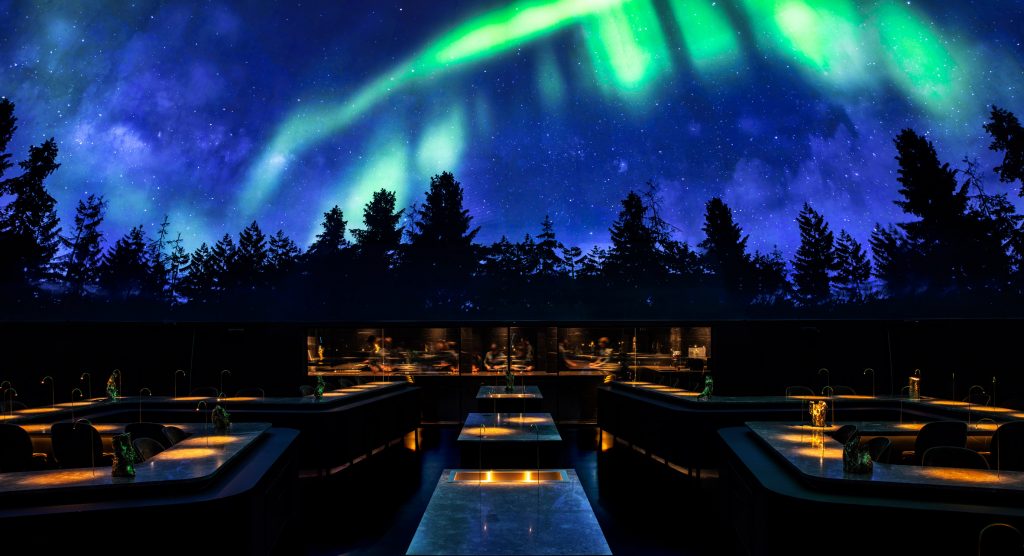
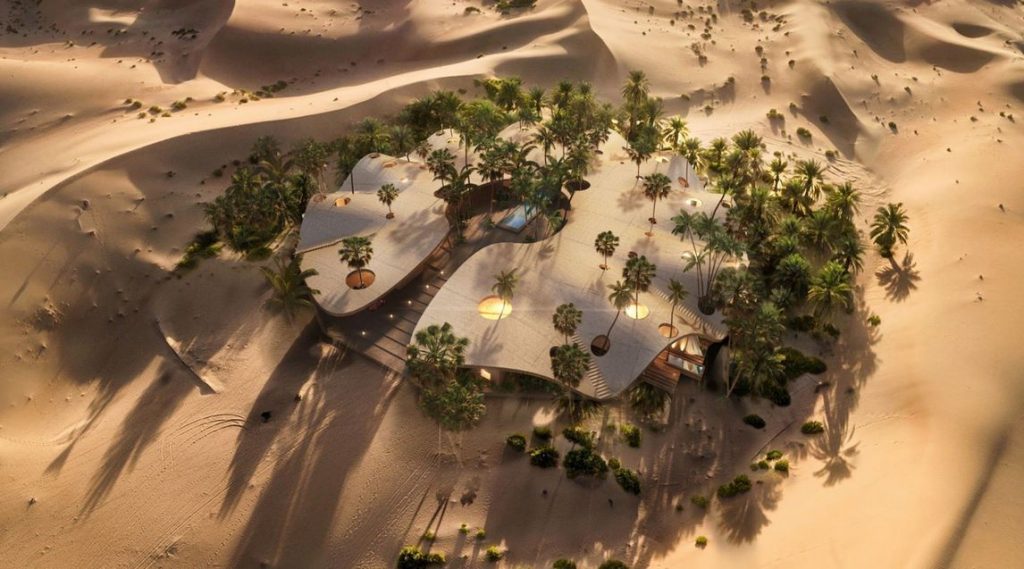
Dunas by Jasper Architects
Dunas is a mesmerizing hotel design proposed by architecture firm Jasper Architects that has offices in Europe and South America. Envisioned among the sandy dunes of Kuwait, he competition-winning concept offers an immersive oasis experience that allows observing the surrounding desert from within. Inspired by the topography of the largely deserted country, the concept mimics the textures, shapes, colours, and soft curvilinear geometries of the natural landscape.
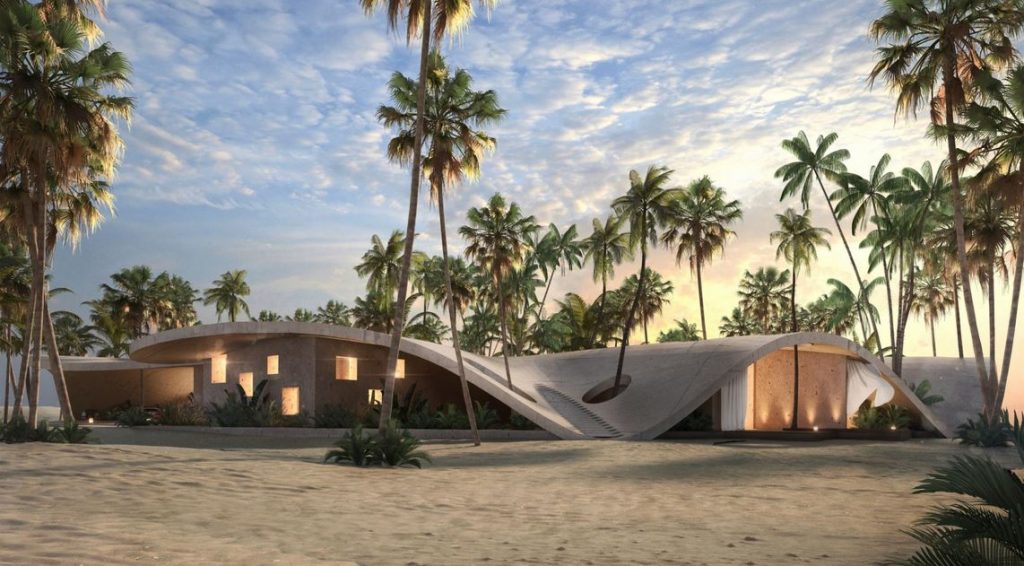
Dunas by Jasper Architects
A circular roof folds down in a radial array, following the undulations of the desert dunes and creating room for private units that each has a unique view for the guests to enjoy a direct connection with the desert. In the center, communal areas create a comfortable, relaxed environment for social gatherings.
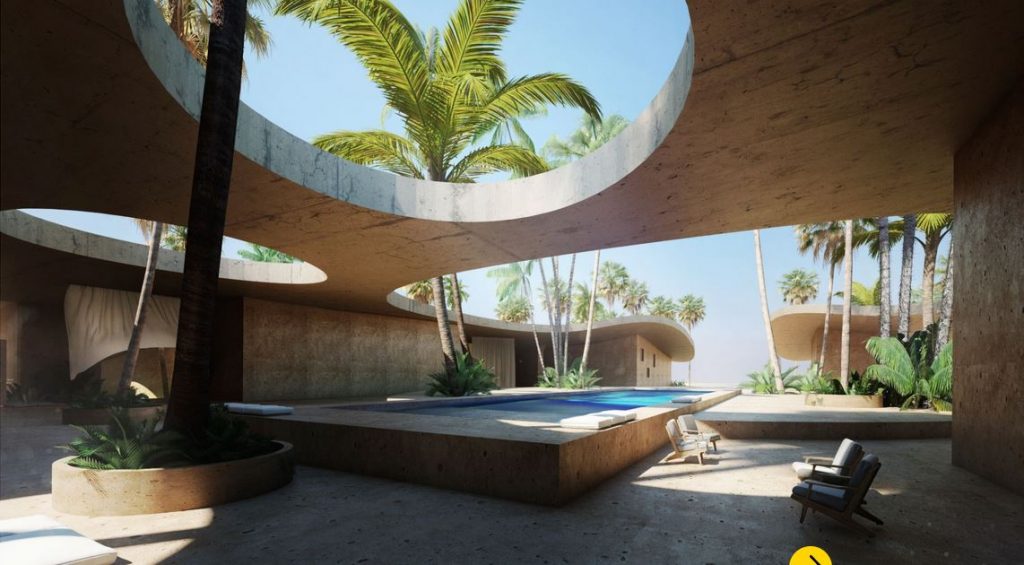
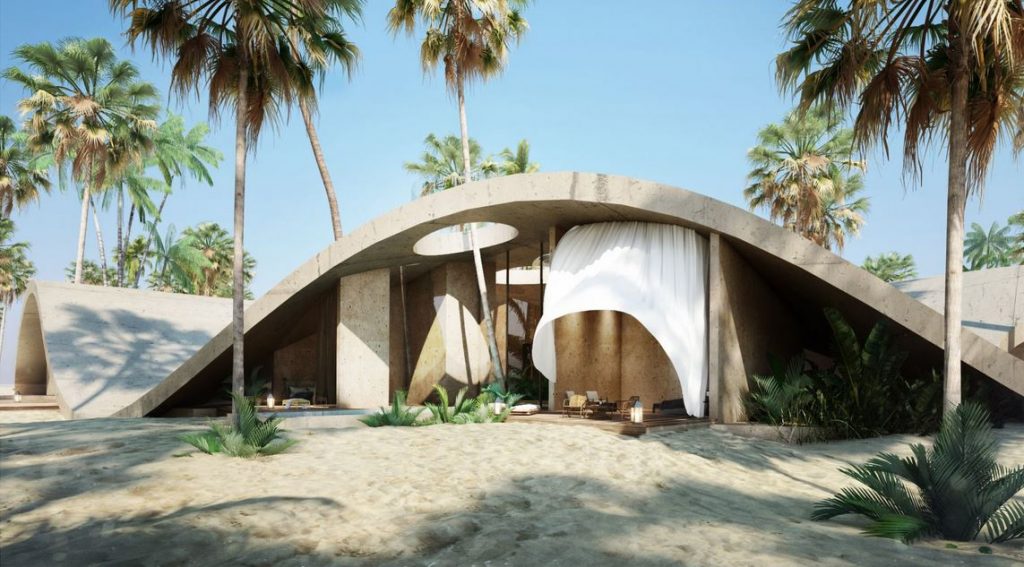
Dunas by Jasper Architects
The smooth touchpoints between each room give access to the roof via molded stairs creating yet another spectacular place for guests to experience and marvel at Kuwait’s desert landscape. Enhancing visible connections further, the clear sky is framed through the perforations in the roof.
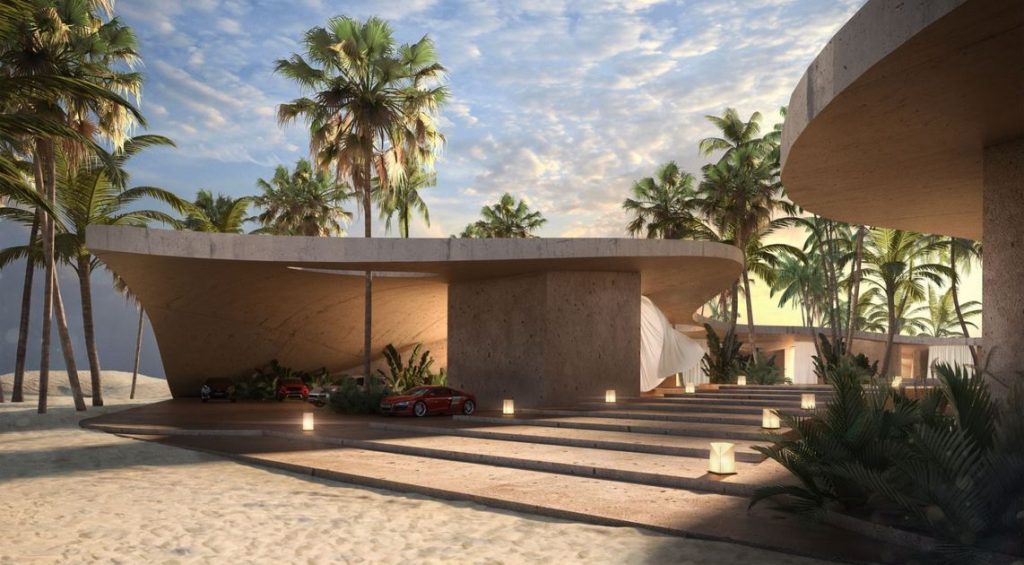
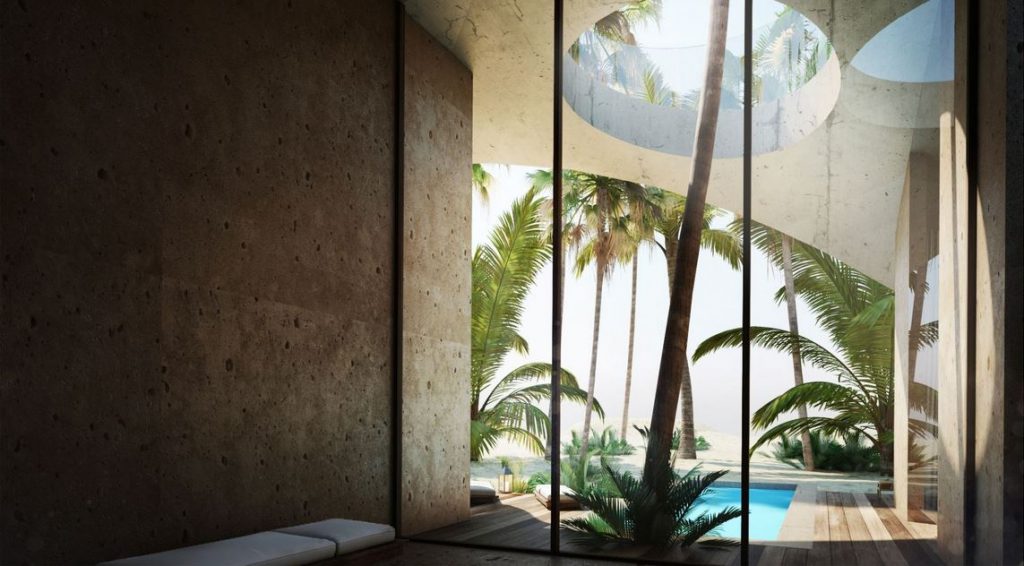
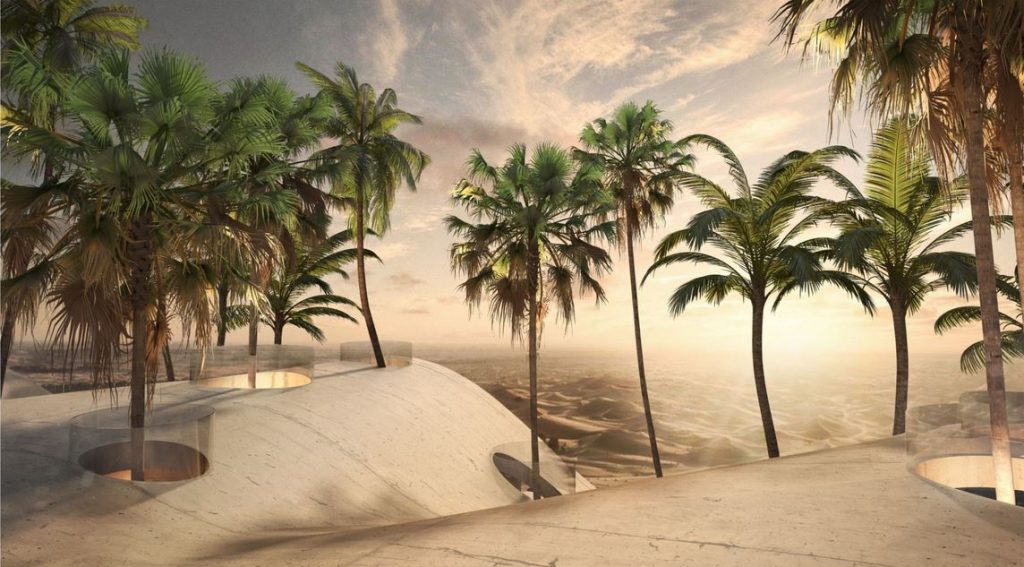
Dunas by Jasper Architects
The use of pigmented shotcrete paired with pigmented readymade concrete make the 19,866sqm structure appear almost entirely camouflaged within the dunes. For the interior, the team has opted for wood and rammed earth to enhance the natural feel.
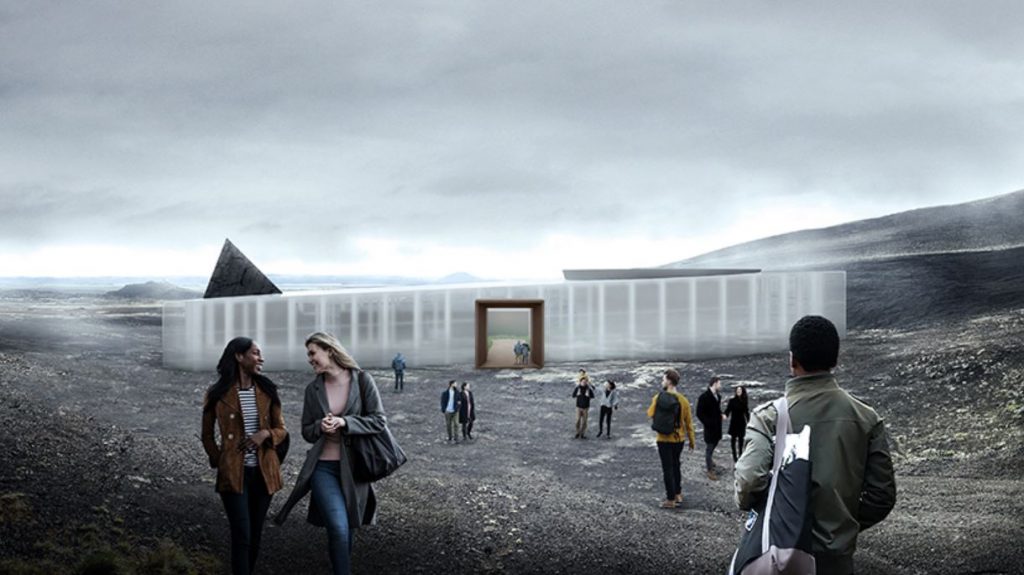
Greenhouse Restaurant by Heffrence Teow
Singapore-based architectural designer Heffrence Teow has conceived the Greenhouse Restaurant as ‘an act in celebration of food,’ aiming to bring together dining, ingredients processing – and farming, which is often neglected in food production.
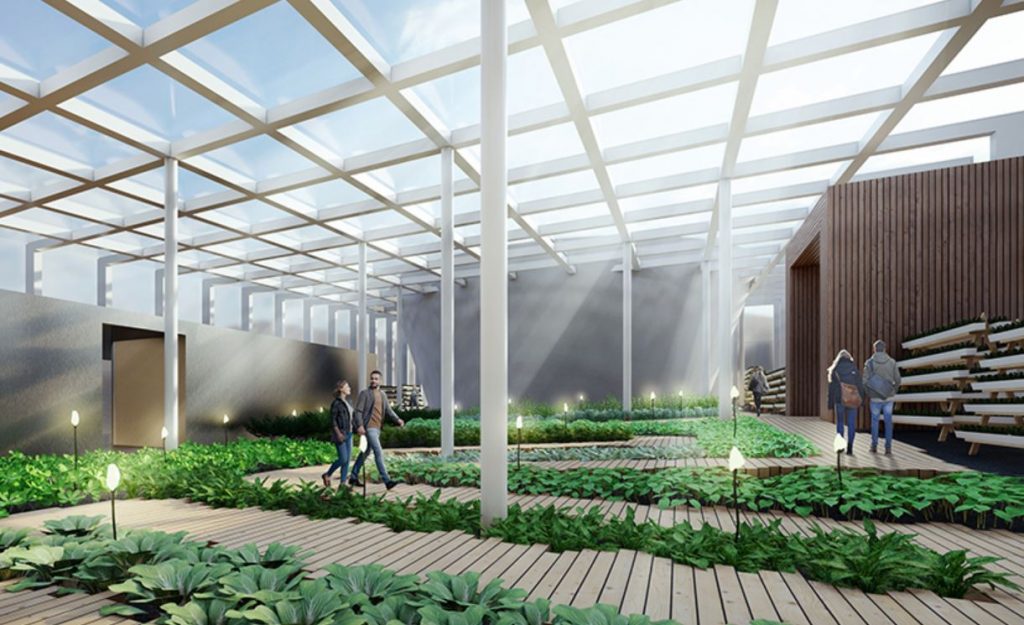
Greenhouse Restaurant by Heffrence Teow
By integrating the “behind the scene” process of food production as part of the visitor experience as they meander around the farm before reaching their seats, the restaurant creates an immersive environment by adding context and background to the meal served onto one’s table. Located in Iceland, where locally grown food is a rarity, the restaurant becomes a symbol for appreciation and to raise awareness of our consumption.
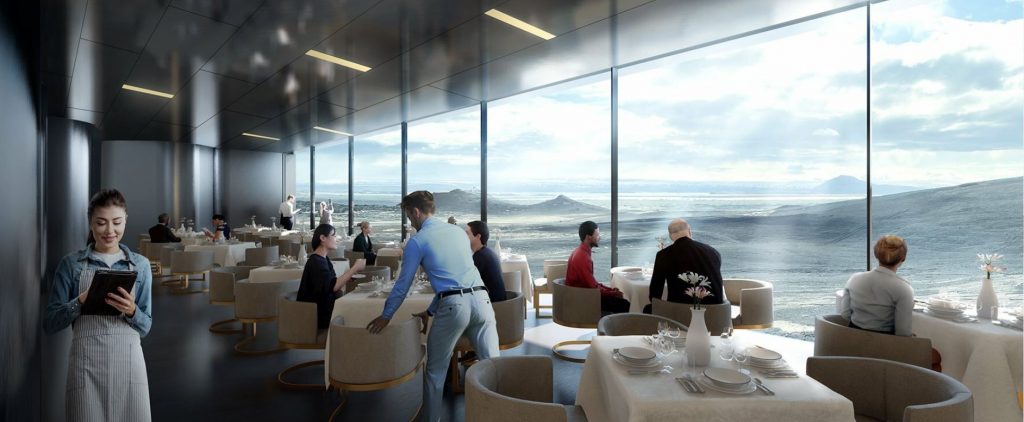
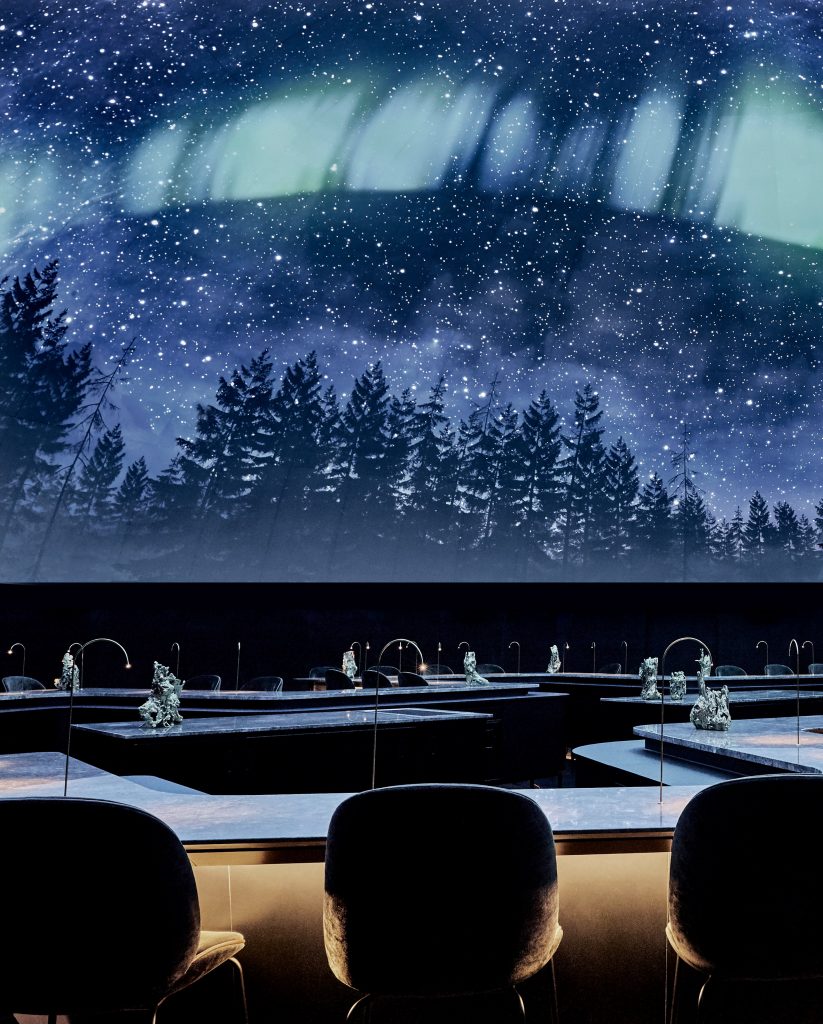
Greenhouse Restaurant by Heffrence Teow
The ‘Farm-to-Table” ideology is also translated to its architecture, expanding the very isolated dining experience into a bigger context, in this case, exploration on the relationship between farm and dining versus surrounding and space. The design comprises a simple yet abstract rectangular form to prevent overpowering the surrounding, with three main activity spaces – Multipurpose Space, Restaurant and Lounge Bar designed to each respond to an element.
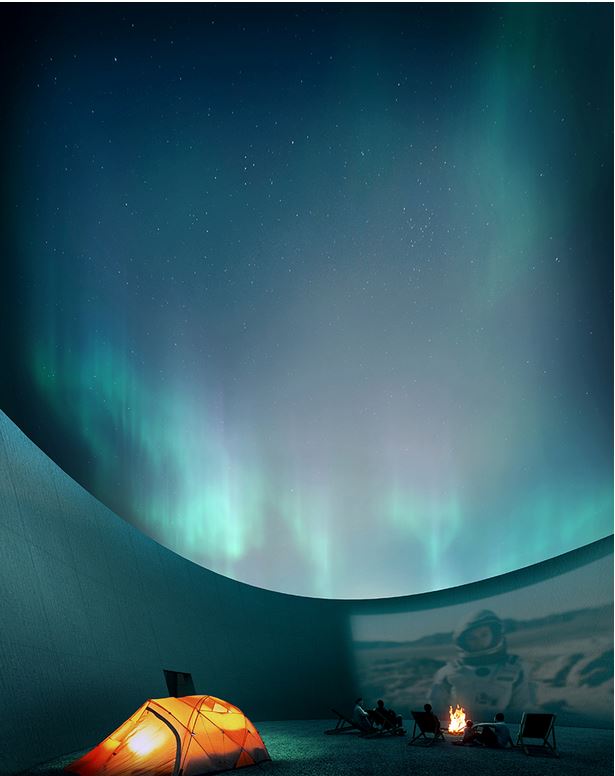
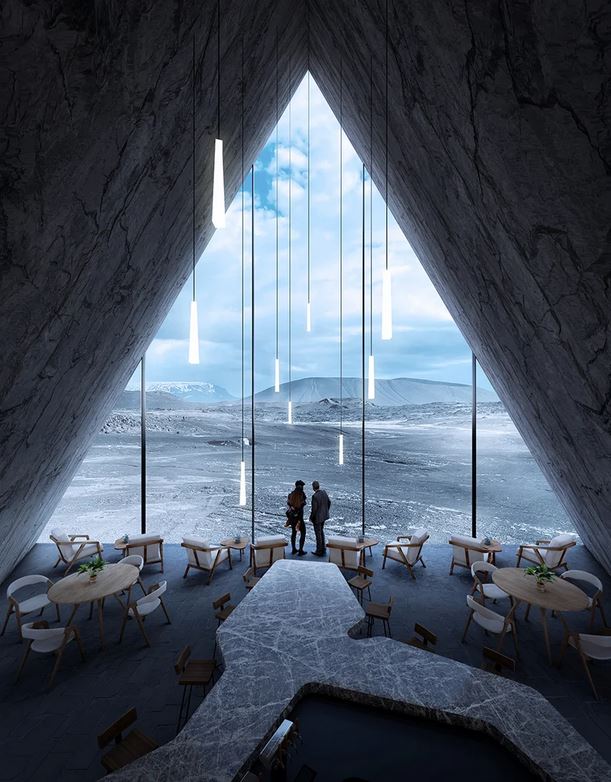
Greenhouse Restaurant by Heffrence Teow
The basic geometries and simple shapes thus serve as a backdrop that frames the breathtaking views of Iceland and elevate the immersive ambience of the place. A round aperture frames the shapeless sky, while a triangular opening dramatizes of the mountainous landscape and Hverfjall. In the meantime, a rectangular portal captures the panoramic view of shimmering Lake Mývatn and the plain faraway, reflecting it up close.
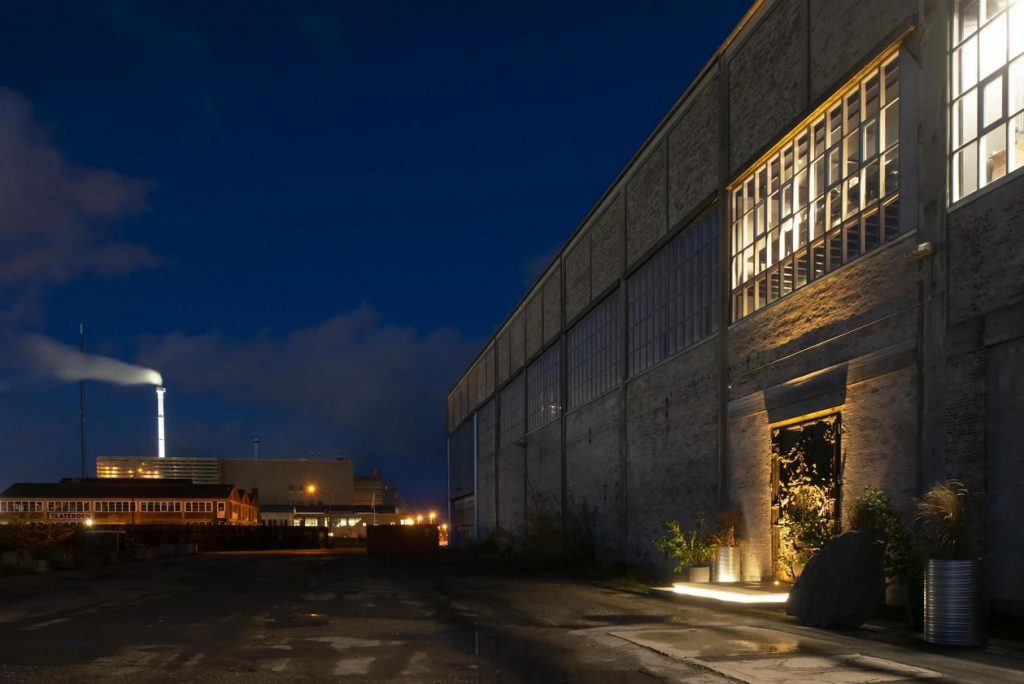
Alchemist by Studio Duncalf (also header image)
Designed by UK-based Studio Duncalf, eccentric Alchemist, high-end Copenhagen restaurant, is meant to ‘take diners on both physical and intellectual journey.’ Head chef Rasmus Munk was looking to enhance conventional dining experience, which is normally focused almost entirely on the food, by creating an extraordinary physical environment which includes visual and audio stimulation.
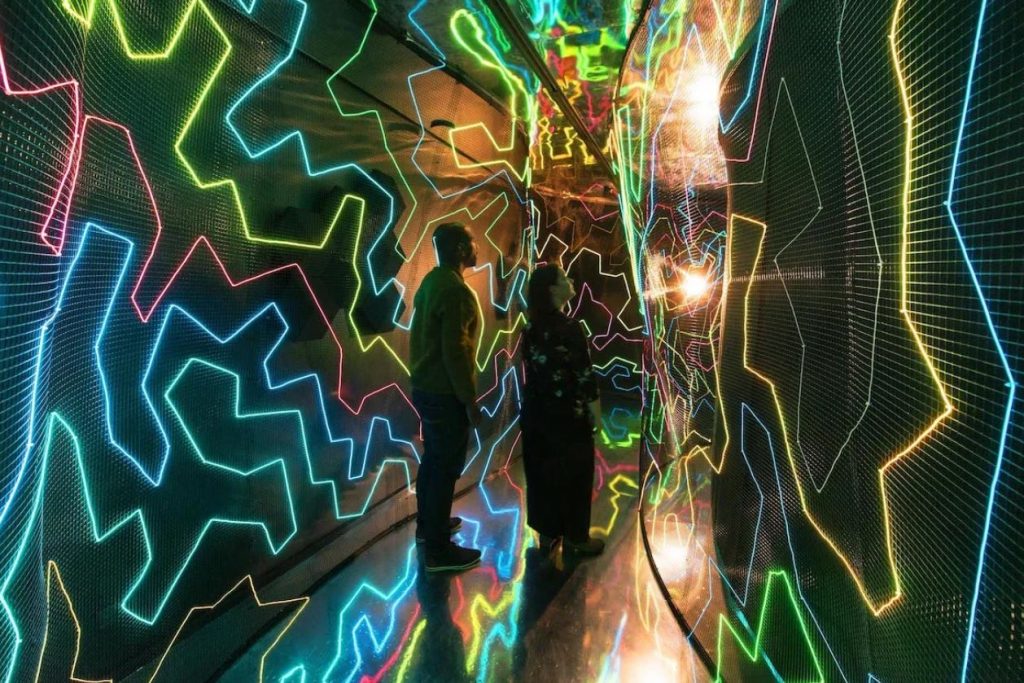
Alchemist by Studio Duncalf
The restaurant occupies a building that once served as a boat workshop and later as a set design space for the Danish National Theatre. The interior has been transformed to feature a sequence of unique dining spaces that create an element of theatre suited for the restaurant’s 50-course tasting menu.
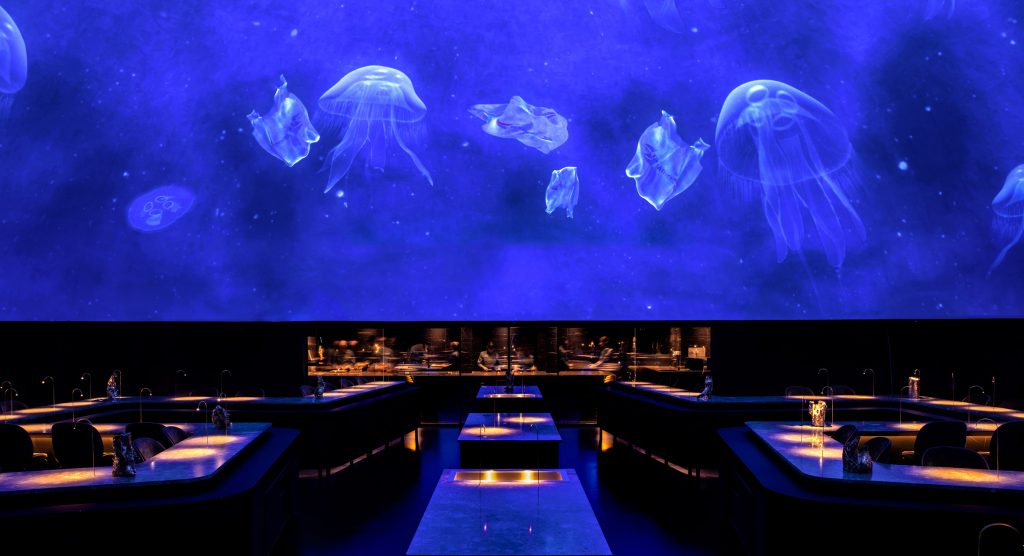
Alchemist by Studio Duncalf
Diners enter the restaurant via a three-metre-high bronze door and step into a gallery-style space, for which different artists will be invited to create immersive installations. On the ground floor, there is a grandiose bar area, wine stellar, and a kitchen running along the rear of the room, fronted by panes of glass so that diners can see the chefs at work.
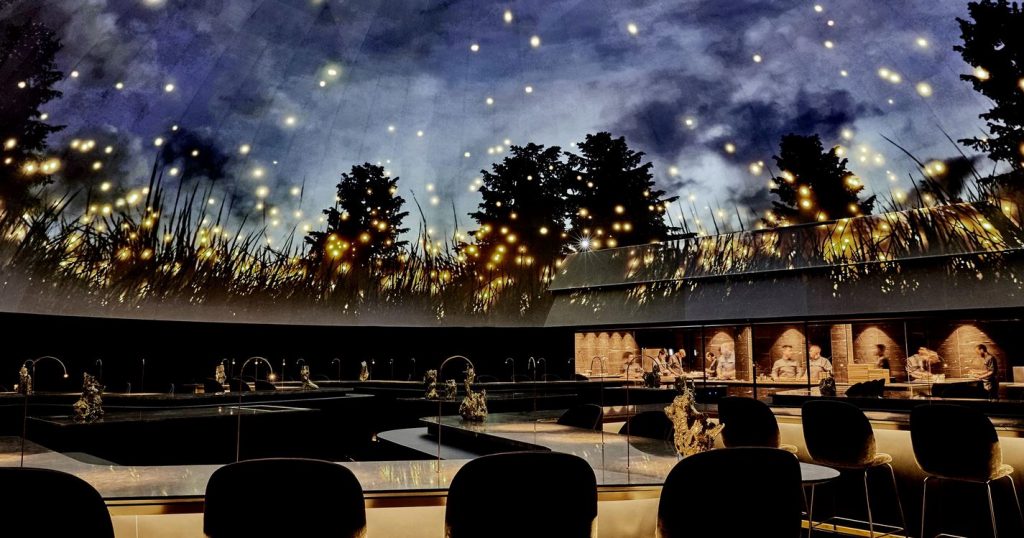
Alchemist by Studio Duncalf
After that, guests are encouraged to walk up a flight of stairs and across a glass-bottomed bridge into a secondary dining room, which is topped by a huge dome measuring 18 metres in diameter. The dome can be projected with moving images ranging from ethereal jellyfish floating amongst plastic bags (as Mink’s attempt to raise awareness of the problem of ocean plastic) and the glowing northern lights.